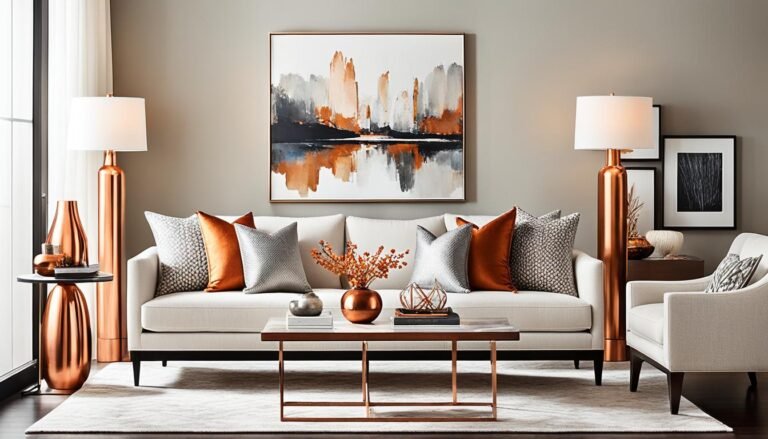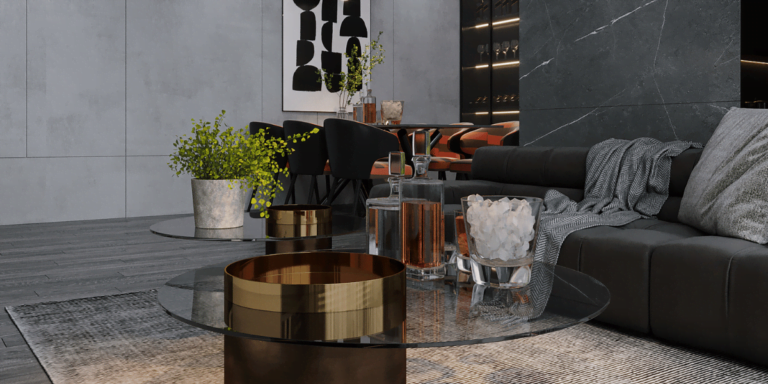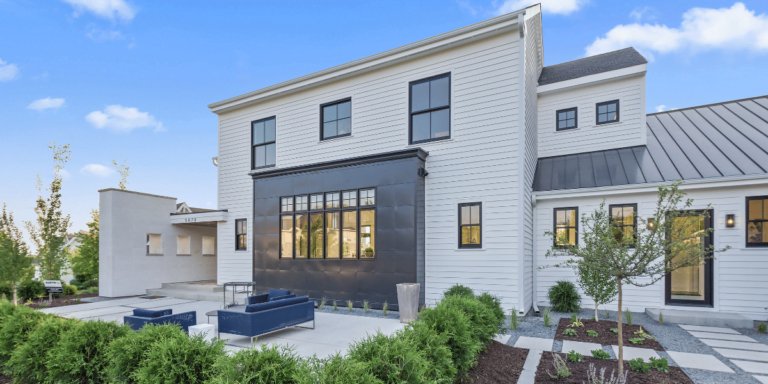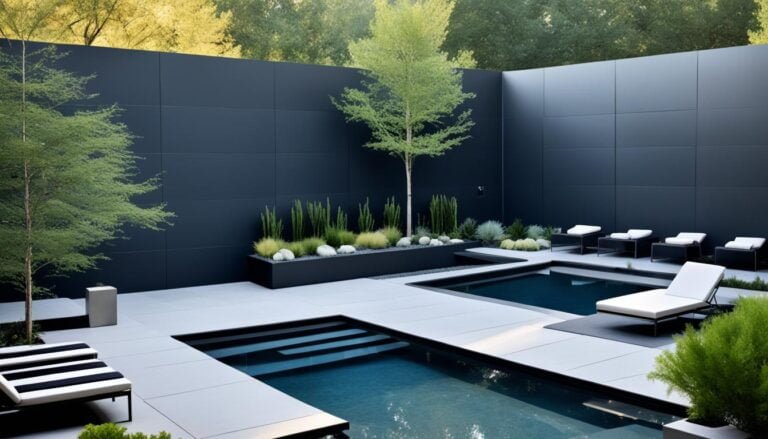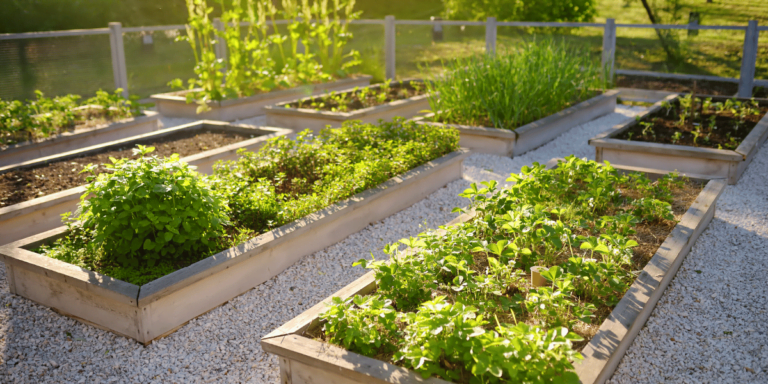Green wall concepts, such as green roofs and living walls, are revolutionizing urban spaces by transforming them into sustainable and eco-friendly environments. Architects, interior designers, and construction companies are embracing these innovative design solutions, which offer a myriad of benefits for both the environment and the community.
By incorporating green roofs and living walls, designers can create visually appealing spaces while promoting sustainable living. These concepts go beyond traditional architectural design, providing an opportunity to connect with nature in urban areas.
Key Takeaways:
- Green wall concepts, such as green roofs and living walls, are transforming urban spaces into sustainable environments.
- These concepts offer numerous benefits, including improved air quality, reduced energy costs, enhanced biodiversity, stormwater management, noise reduction, and improved aesthetics.
- By incorporating green roofs and living walls, designers can position themselves as leaders in sustainable design.
- Green wall concepts contribute to a more sustainable future for urban living, promoting eco-friendly solutions and sustainable living.
- Implementing green roofs and living walls requires careful planning, plant selection, installation, and maintenance.
What are Green Roofs and Living Walls?
Green roofs, also known as vegetated roofs or eco-roofs, are roof surfaces covered with vegetation planted over a waterproofing membrane.
Living walls, also known as vertical gardens or green walls, are structures covered with plants attached directly to the wall or installed using modular systems.
Both green roofs and living walls offer unique design features and benefits in terms of environmental sustainability and aesthetics.
Green roofs can be classified as extensive or intensive depending on the depth of the growing medium and types of plants supported.
Living walls can be built indoors or outdoors and accommodate a variety of plant species.
The Multifaceted Benefits of Green Wall Concepts Roofs and Living Walls
Green roofs and living walls offer numerous advantages that contribute to a healthier and more sustainable urban environment. Let’s explore the various benefits these green wall concepts provide:
- Improved Air Quality: Green roofs and living walls act as natural air filters, absorbing pollutants and carbon dioxide (CO2) while releasing oxygen through photosynthesis. This process enhances air quality in urban areas, reducing the negative impacts of pollution and promoting a healthier environment.
- Reduced Energy Costs: By regulating building temperatures, green roofs and living walls help to reduce the need for excessive heating or cooling. The insulating properties of vegetation can significantly decrease energy consumption, resulting in lower energy costs and increased energy efficiency.
- Enhanced Biodiversity: Green roofs and living walls provide valuable habitats for birds, insects, and other wildlife, promoting biodiversity in urban environments. These green spaces act as stepping stones for ecological connectivity, supporting the survival of diverse species and contributing to the preservation of urban ecosystems.
- Stormwater Management: One of the key benefits of green roofs and living walls is their ability to manage stormwater. These vegetated surfaces absorb, filter, and store rainwater, reducing the risks of flooding and alleviating the burden on sewer systems during heavy rainfall events. The water-retention capabilities of green roofs and living walls contribute to more effective stormwater management strategies in urban areas.
- Noise Reduction: Green roofs and living walls serve as effective sound barriers, reducing noise pollution in urban spaces. The vegetation absorbs and diffuses sound, creating a quieter and more pleasant environment for residents, workers, and visitors.
- Aesthetics: The presence of greenery adds beauty and visual appeal to urban landscapes. Green roofs and living walls enhance the overall aesthetics of buildings and public spaces, improving the quality of the environment and creating engaging and visually stimulating surroundings.
- Well-being: Interacting with nature has a positive impact on human well-being. Green roofs and living walls contribute to stress reduction, improved mental health, and increased productivity for individuals living or working in urban environments.
As shown, the multifaceted benefits of green roofs and living walls make them a valuable addition to urban spaces, improving air quality, reducing energy costs, enhancing biodiversity, managing stormwater, reducing noise pollution, enhancing aesthetics, and promoting human well-being.
Types of Green Wall Concepts – A Deeper Dive into Design Options
Green roofs offer a range of design options, each with its unique characteristics and applications. By understanding the distinctions between these types, designers can choose the most suitable option for their specific project needs.
1. Extensive Green Roofs
Extensive green roofs are characterized by a shallow growing medium and support hardy, low-maintenance plants. These roofs require minimal structural modifications and are suitable for a wide range of buildings. The lightweight nature of extensive green roofs makes them an ideal choice for retrofitting existing structures.
2. Intensive Green Roofs
Intensive green roofs, on the other hand, have a deeper growing medium and can support a variety of plant species, including flowers, shrubs, and small trees. These roofs often incorporate additional landscape elements such as walkways and seating areas, creating vibrant and inviting rooftop gardens. Intensive green roofs require more substantial structural support due to the increased weight of the growing medium and vegetation.
3. Semi-Intensive Green Roofs
Semi-intensive green roofs provide a balance between extensive and intensive systems. They offer more design flexibility and can accommodate a wider variety of plant species. Semi-intensive green roofs can be a suitable choice for projects that require a greater range of aesthetics and plant diversity while still maintaining a manageable level of maintenance.
When selecting the type of green roof to implement, designers must consider factors such as building structure, weight limitations, maintenance requirements, and desired vegetation. It’s essential to work closely with structural engineers, horticulturists, and experienced green roof professionals to ensure the successful implementation of the chosen design option.
With the knowledge of extensive, intensive, and semi-intensive green roofs in their repertoire, designers can create sustainable and visually appealing rooftop landscapes that enhance the overall urban environment.
How to Implement Green Roofs and Living Green Walls Concepts in Urban Spaces
Implementing green roofs and living walls in urban spaces requires careful consideration and planning. To ensure a successful project, several factors need to be taken into account, including assessing feasibility, selecting the right system, plant selection, installation and maintenance, and monitoring and evaluation.
Assessing feasibility is the initial step in incorporating green roofs and living walls. It involves evaluating the structural capacity of the building and understanding local regulations and requirements. This evaluation ensures that the project can be implemented safely and within the legal framework.
Once feasibility is established, selecting the right system is crucial. Green roofs can be categorized as extensive or intensive, depending on the depth of the growing medium and the types of plants supported. Similarly, living walls can be hydroponic or soil-based. Choosing the appropriate system based on the project’s requirements is essential for optimal performance and long-term sustainability.
Plant selection plays a significant role in the success of green roofs and living walls. It is essential to consider the local climate, growing conditions, and the specific goals of the project. Native or drought-tolerant plant species are often preferred for their ability to thrive in the regional environment, reducing the need for excessive watering and maintenance.
Installation and maintenance should be carried out by experienced professionals to ensure proper implementation and ongoing care. Green roofs and living walls require regular monitoring, irrigation, pruning, and pest management to maintain their health and functionality. Hiring knowledgeable professionals will help ensure the longevity and effectiveness of these green features.
Lastly, monitoring and evaluation are critical for optimizing the design and showcasing the benefits of green roofs and living walls. By continuously assessing their performance, designers and property owners can identify areas for improvement and make informed decisions for future projects. Regular evaluations also serve as valuable data to demonstrate the environmental and economic value of these sustainable design elements.
Example of Plant Selection
| Project Type | Climate | Recommended Plant Species |
|---|---|---|
| Intensive Green Roof | Sunny and Warm | Flowering perennials, small shrubs |
| Extensive Green Roof | Hot and Arid | Sedum, Delosperma, Agave |
| Hydroponic Living Wall | Humid and Shady | Ferns, Philodendron, Pothos |
In summary, implementing green roofs and living walls involves assessing feasibility, selecting the right system, plant selection, installation and maintenance, and monitoring and evaluation. By carefully considering these factors, designers can create urban spaces that are not only visually appealing but also sustainable and environmentally friendly.
Conclusion
Green wall concepts, such as green roofs and living walls, are revolutionizing urban spaces, creating sustainable and eco-friendly environments. These innovative design features offer a multitude of benefits, including improved air quality, reduced energy costs, enhanced biodiversity, effective stormwater management, noise reduction, enhanced aesthetics, and improved well-being.
By incorporating green roofs and living walls, designers have the opportunity to become leaders in sustainable design, transforming urban spaces into visually appealing and environmentally friendly havens. These green wall concepts not only contribute to a more sustainable future for urban living but also provide tangible advantages for individuals and communities.
With careful planning, implementation, and ongoing maintenance, the potential of green wall concepts as eco-friendly solutions can be fully realized. By embracing these concepts and harnessing their positive impact, designers can shape urban spaces into harmonious creations that prioritize the well-being of both the environment and the people who inhabit them.
FAQ
What are green roofs and living walls?
Green roofs are roof surfaces covered with vegetation planted over a waterproofing membrane, while living walls are structures covered with plants attached directly to the wall or installed using modular systems.
What benefits do green roofs and living walls offer?
Green roofs and living walls improve air quality, reduce energy costs, enhance biodiversity, manage stormwater, reduce noise, and contribute to aesthetics and human well-being.
What are the different types of green roofs?
There are extensive green roofs with shallow growing mediums, intensive green roofs with deeper growing mediums, and semi-intensive green roofs that offer a balance between the two.
How do I implement green roofs and living walls in urban spaces?
Assess the feasibility of the project, choose the appropriate system based on project requirements, select suitable plants, hire experienced professionals for installation and maintenance, and monitor and evaluate the performance of the green roofs and living walls.




